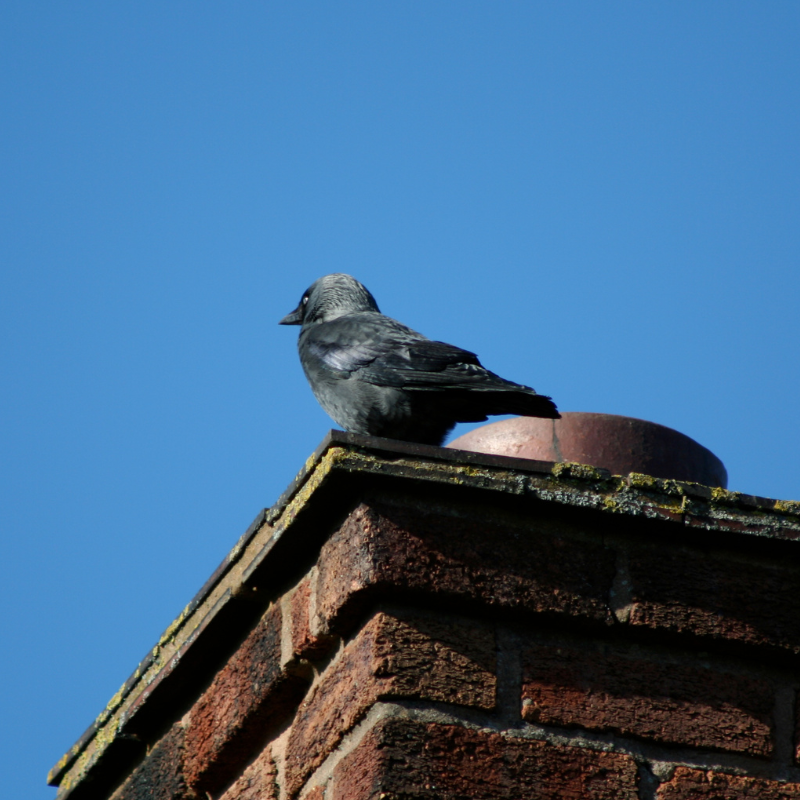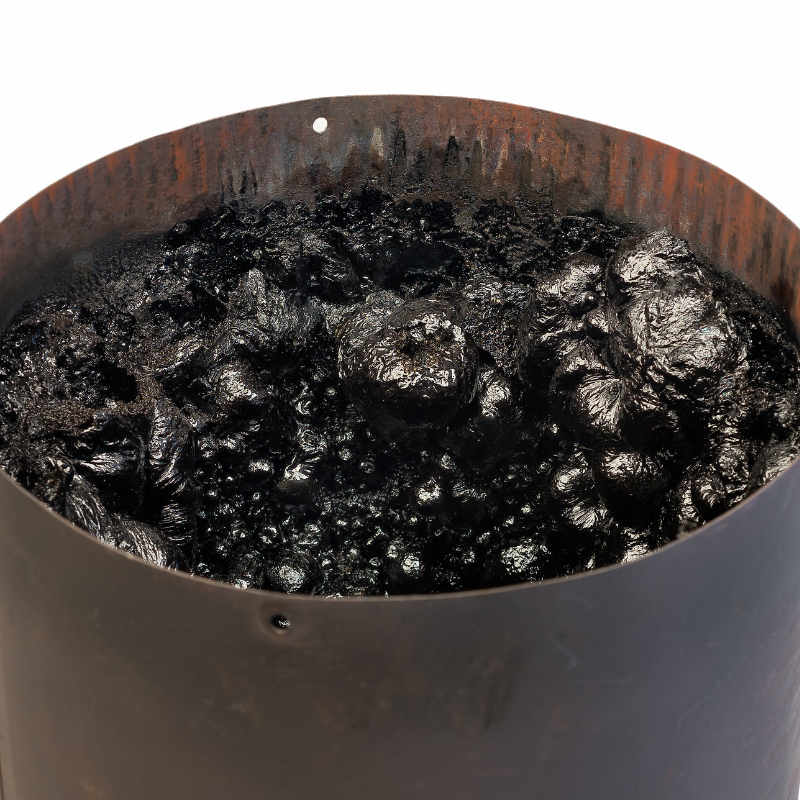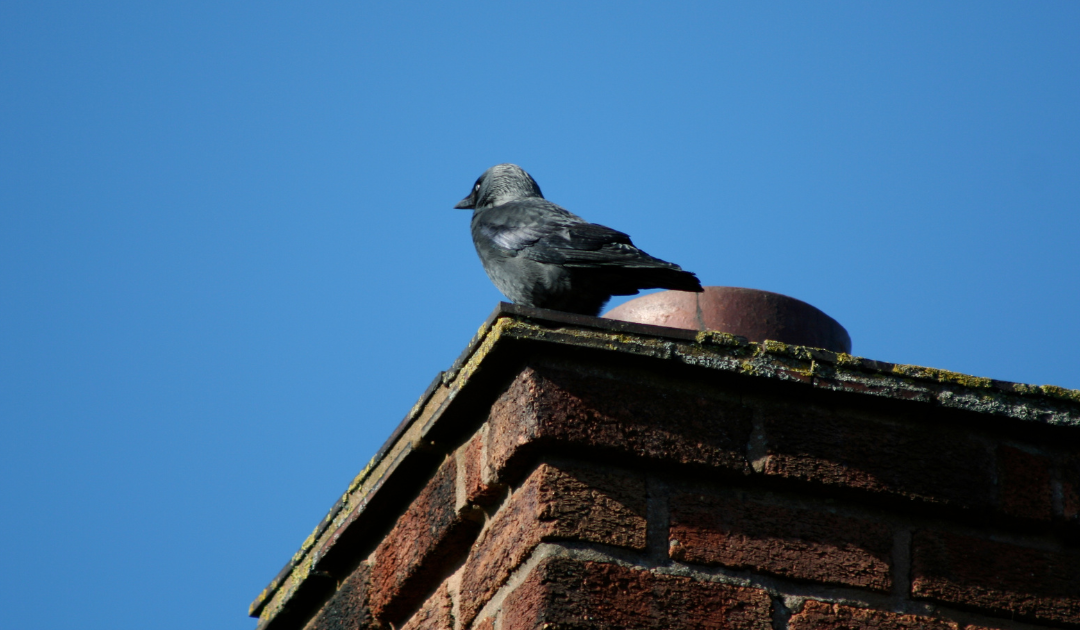The colder seasons are quickly nearing, which means it’s time to have your chimney inspected if you haven’t already. Annual inspections give sweeps the chance to spot any masonry issues or damaged components that could cause your system to run poorly or in ways that are not efficient. That way, you can invest in any necessary corrections well before the start of your burning season.
But damages aren’t the only thing sweeps watch for – they’ll also keep an eye out for buildup and clogs. If your system is full of creosote, leaves, nesting materials, and the like, your risk of experiencing fire hazards, gas leaks, and other issues will increase dramatically. Fortunately, our crew can help with a thorough chimney sweeping.
Why Are Chimney Sweepings Important?
Why are chimney sweepings such an important investment?
- Sweepings improve overall efficiency. Chimneys are meant to safely send fumes, smoke, and other toxins up and out of your home. If your flue is blocked up, though, this becomes a lot harder, resulting in cooler fires, lowered efficiency, and a fireplace experience that’s only subpar.
- Sweepings reduce the risk of chimney fires. One of the biggest chimney-related threats are chimney fires, which are caused when excess creosote deposits and other flammable materials are present in the flue. A thorough sweeping ensures all of these substances are removed before you start lighting fires for the year.
- Sweepings help prevent gas leaks. Any buildup in the flue could prevent the release of combustion gases through the chimney. This can result in toxic fumes, like carbon monoxide, entering your home. Many fireplace fumes lead to health hazards when inhaled and can even be fatal. Reduce the risk of illness with a sweeping.
- Sweepings aid in maintaining your home’s value. Regular sweepings help maintain your chimney, keeping in tip-top condition and preventing any premature deterioration. A well-functioning chimney and fireplace is always a great selling point if you choose to move down the line, so keep yours looking and functioning well with regular maintenance.
So, now you know why sweepings are important, but what is it that’s actually causing all of these clogs and issues?
Are There Animals In Your Flue?
So, it’s not uncommon for debris and leaves to simply blow into your flue. But more often than not, these materials are brought in by sneaky critters.
Animals like squirrels, raccoons, birds, and even bats often seek refuge in the warm, protective walls of chimneys during the colder winter season. Fortunately, many chimney sweeping companies, like us, can remove these animals from your chimney safely and humanely, so you can get back to using your system with ease.

And once they’re out? We’ll get that sweeping completed, then can recommend an appropriate chimney cap for your system, which will prevent anything from settling inside your flue in the future.
Take note, though, that certain animals, such as the chimney swift, are federally protected. This means that you cannot remove them once they nest in your home. This is something chimney service companies have ample knowledge about, so make sure that you let them examine your chimney before you attempt to remove certain animals from it.
What Is Creosote? Is It Dangerous?
Creosote is a tar-like, dark-colored substance that accumulates in your chimney as you burn wood in your fireplace. There’s no way to avoid it altogether, but it will accumulate and thicken more quickly if you use wet/unseasoned wood, have poor draft or airflow, and if your burn slower/cooler fires. So, use the right fuel and keep your fires hot and burning quickly to minimize buildup.
Now, creosote can be fairly easily removed by a professional if it’s caught in the early stages. However, as it’s left alone and not addressed, it hardens and becomes more of a challenge to tackle. There are three stages of creosote, and all are a potential hazard.

- First degree creosote is typically more flaky-textured. This is the easiest to remove, so the sooner you get a sweep in to clear it out, the better.
- Second degree creosote looks more like black tar, tends to be more sticky in texture, and it will be more challenging to remove than first degree creosote.
- Third degree creosote resembles hard tar. At this point, the buildup is more concentrated and is more likely to cause chimney fires. Oftentimes, sweeps need to use specialized tools and chemical products to get this buildup out.
Schedule Your Chimney Maintenance Today
It’s never too late to schedule your annual chimney inspection. Gain peace of mind knowing that you are reducing hazards and getting the most from your fireplace by scheduling with our experts today. Dunrite Chimney can handle any chimney-related issues, all thanks to years of training and industry experience, and we’d love to be your trusted crew for it all.


Recent Comments